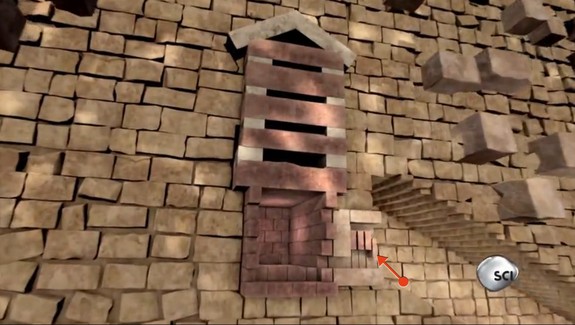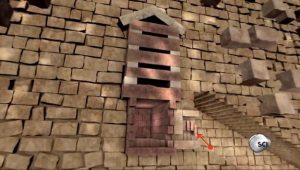The ancient Egyptians created a simple yet elaborate system of blocks and grooves within the Great Pyramid of Giza to protect the King’s Chamber from tomb robbers.
In an upcoming episode of the Science Channel’s “Unearthed,” that system comes to life via computer animations. In the episode, Egyptologist Mark Lehner describes the system for viewers, calling it a “very primitive machine.” Lehner leads Ancient Egypt Research Associates (AERA), a team that has been excavating at Giza for about 30 years.
Many scholars believe that the King’s Chamber housed the remains of the pharaoh Khufu (reign ca. 2551–2528 B.C.), the ruler who ordered the construction of the Great Pyramid of Giza. The tallest pyramid ever constructed in Egypt, the Great Pyramid was considered to be a “wonder of the world” by ancient writers. In addition to the King’s Chamber, the Great Pyramid contains two other large chambers, which are today called the Queen’s Chamber and the Subterranean Chamber.
What those two chambers were used for is unclear.
To protect the pharaoh’s chamber, ancient Egyptians constructed a series of grooves and blocks that are hidden beneath the walls of the pyramid. While scholars have known about this system since at least the 19th century, the TV show uses computer animations to present a reconstruction. The animations show how blocks were dropped down grooves near the King’s Chamber after the pharaoh’ burial.
Read more at http://www.livescience.com/55347-primitive-machine-in-great-pyramid-protected-pharaoh.html


